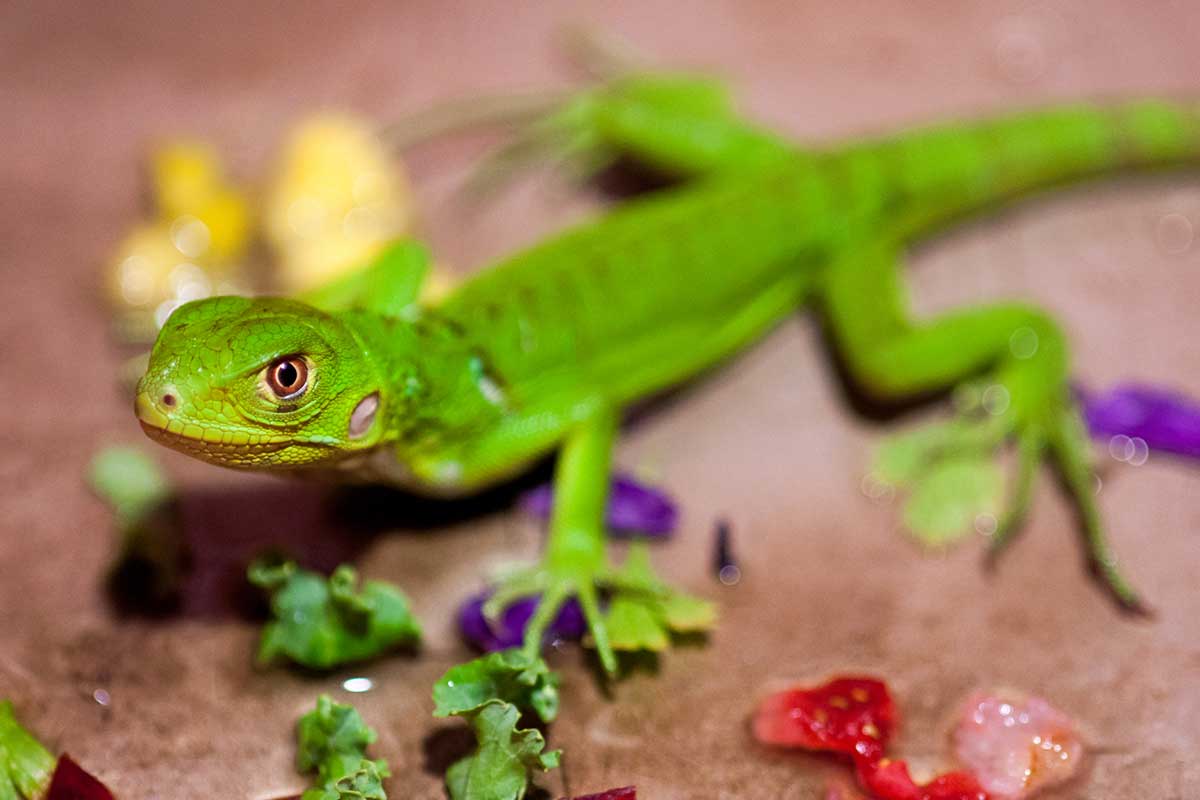
Baby Lizard Care: A Comprehensive Guide to Nurturing Your Tiny Reptile
Introduction
Baby lizards, with their delicate bodies and inquisitive eyes, are captivating creatures that require specialized care to thrive. As a responsible reptile enthusiast, understanding their unique needs is paramount to ensuring their well-being and longevity. This comprehensive guide will delve into every aspect of baby lizard care, from habitat setup to feeding, health maintenance, and more.
Habitat Setup
- Enclosure: Choose an enclosure that provides ample space for the lizard to move around, climb, and bask. A 10-gallon tank is suitable for most baby lizards.
- Substrate: Use a substrate that mimics the lizard’s natural habitat, such as sand, soil, or reptile carpet. Avoid using materials that can be ingested or cause irritation.
- Hiding Places: Provide multiple hiding places to create a sense of security and reduce stress. These can include caves, plants, or even overturned flower pots.
- Basking Area: Create a basking area with a heat lamp that provides a temperature gradient. The basking spot should be around 85-95°F (29-35°C).
- Water Dish: Provide a shallow water dish for hydration and shedding. Ensure the water is clean and replaced regularly.
Feeding
- Diet: Baby lizards are typically insectivores, feeding on a variety of live insects. Suitable prey includes crickets, mealworms, and dubia roaches.
- Frequency: Feed baby lizards daily or every other day, depending on their age and appetite.
- Gut Loading: Before feeding, gut load the insects with nutritious foods, such as vegetables, fruits, or commercial gut-loading products.
- Supplements: Dust insects with calcium and vitamin D3 supplements to prevent nutritional deficiencies.
Health Maintenance
- Shedding: Baby lizards shed their skin regularly as they grow. Provide a humid environment and a shallow water dish to aid in shedding.
- Parasites: Monitor your lizard for signs of parasites, such as lethargy, weight loss, or diarrhea. Regular fecal exams are recommended.
- Metabolic Bone Disease: Ensure your lizard receives adequate calcium and vitamin D3 to prevent metabolic bone disease, which can weaken bones.
- Respiratory Infections: Baby lizards are susceptible to respiratory infections. Keep the enclosure clean and avoid exposing them to drafts or extreme temperatures.
Handling
- Frequency: Handle baby lizards sparingly to minimize stress.
- Support: Always support the lizard’s body and tail when handling.
- Avoid Squeezing: Never squeeze or grasp the lizard tightly.
- Wash Hands: Wash your hands thoroughly before and after handling to prevent the spread of bacteria.
Socialization
- Solitary Species: Most baby lizards are solitary and should not be housed together.
- Exceptions: Some species, such as leopard geckos, can be kept in small groups.
- Monitor Interactions: If housing multiple lizards, closely monitor their interactions to prevent aggression.
Growth and Development
- Growth Rate: Baby lizards grow rapidly during their first year. Monitor their size and weight regularly.
- Sexual Maturity: Sexual maturity varies depending on the species. Most lizards reach maturity within 1-2 years.
- Lifespan: The lifespan of baby lizards varies widely depending on the species. Some can live for over 20 years.
Special Considerations
- Hatchlings: Hatchling lizards require specialized care, including a higher humidity level and smaller prey items.
- Sick Lizards: If your baby lizard shows signs of illness, seek veterinary attention immediately.
- Emergency Kit: Keep an emergency kit on hand with supplies such as antiseptic, gauze, and a heat source.
Conclusion
Baby lizard care requires a dedicated and knowledgeable approach. By providing a suitable habitat, offering a nutritious diet, maintaining good health, and handling them with care, you can create an optimal environment for your tiny reptile to thrive. Remember, each species has unique needs, so it’s essential to research and understand the specific requirements of your lizard. With patience, love, and proper care, you can enjoy the companionship of your baby lizard for many years to come.
